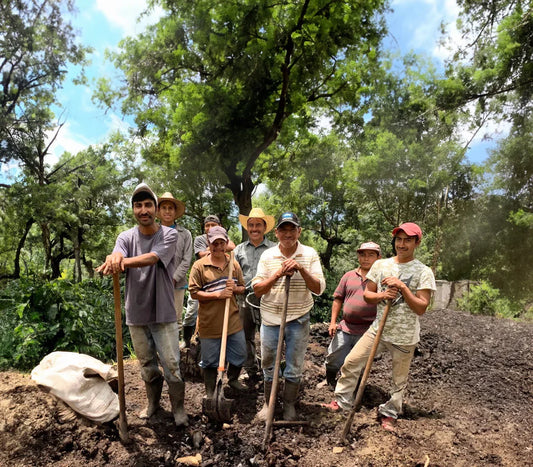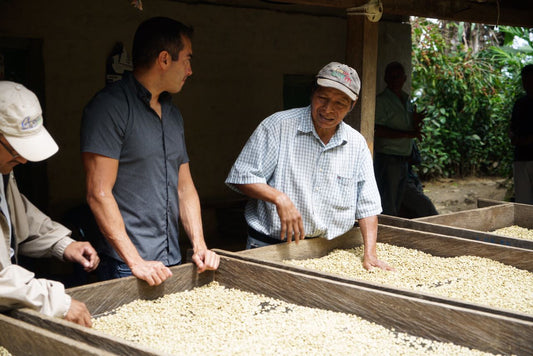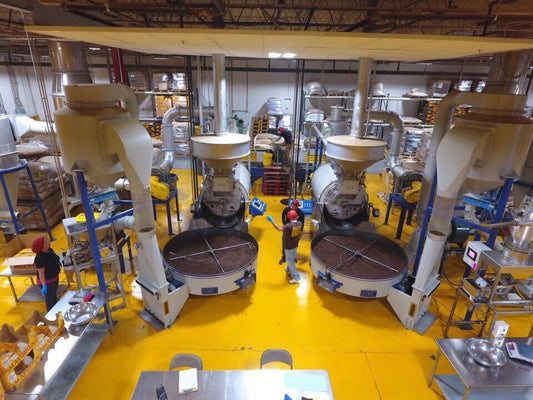
Seven Popular Holiday Traditions in Central America
A chance for family reunions and an opportunity to indulge, the holidays are a fun-filled few weeks characterized by vivid local celebrations.
Table of Contents
Living anywhere in Central America is a joy. We have the perfect climate, with balmy weather, delicious food, landscapes full of evergreen jungle, and, above all, the most wonderful people.
In fact, the best thing about Central America is without a doubt its people: always smiling and always willing to help, we welcome visitors to our countries with open arms and make them part of our family in the blink of an eye.
But this is also why the holiday season is such an unforgettable experience here. Famously, Central American traditions are characterized by vivid celebrations. And, without a doubt, the major theme is: go big or go home.
While there are some holiday traditions in Central America we share with other countries, these seven are unique to us.
Pasito Navideño
I think that a common custom in all countries is to decorate your house for Christmas. But in Central America we have very specific ways of adding color and festive cheer to the celebrations.
Of course, we put up colored lights and decorate Christmas trees (although in our case, these are not necessarily fir, pine or spruce trees – many people decorate whatever trees they have in their garden, even palms), and put out other decorative items such as garlands, pastoras, and even snowmen and reindeer figurines.
But what sets us apart is the religious decor. You will see that many houses in Central America decorate their tables or other important places with a small representation of the Holy Family (or the birth of Jesus, for Christians) el famoso pasito navideño.
It is tradition that the whole family gets together to decide how to place the figures, recreating the whole scene with animals, shepherds, mountains, lakes, stars, and anything else that represents the birth of Christ.
Tamales and Pernil
It's no secret – we Latinos love to eat.
Any important celebration begins with a great feast and Christmas is no exception.
And Central American food is full of flavor, color, and, above all, love and ancient customs – culinary secrets are passed down from one generation to another.
Though many Latin American countries enjoy similar variations of dishes such as tamales, roast pork, stuffed chicken, and eggnog, what's interesting is how each country prepares it.
For example, Guatemalan tamales contain tomatoes and chile, while in Belize, tamales are stuffed with a mixture of ground corn and chicken. Nicaraguan tamales – known as nacatamales – on the other hand, are much larger as they are typically served as a main course.
One thing I can confidently say is that, wherever you are, one is never enough!
Amigo Secreto
Central American families are usually big families, with dozens of siblings, cousins, aunts, uncles and grandparents, which means gift-giving can become quite expensive.
To make it more manageable, we follow the amigo secreto tradition. Each person draws a name and purchases a gift for a single family member or friend, and all the gifts are exchanged on Christmas Eve – La Noche Buena. It's always exciting not knowing who's going to give you a gift and the adults love to get in on the fun.
The youngest in the household are exempt from this tradition, since children receive many gifts – carefully wrapped toys that they find at the foot of their beds or under the Christmas tree on the morning of December 25.

Participating in Religious Ceremonies
We are deeply religious and this is evident in our end-of-year festivities. Each country has its own way of expressing these beliefs but, without these parties, Christmas is not complete in any of them.
In Guatemala, people participate in La Quema del Diablo, a tradition in which figures representing demons are publicly burned to represent the victory of the sacred over the mundane.
In Nicaragua, on the other hand, the La Purísima is celebrated on December 8 with processions.
Costa Rica, Panama, and Nicaragua share the traditional posadas, parties during which groups of neighbors gather and go from house to house singing carols and sharing sweets and hot drinks. Personally, this celebration is my favorite of all time.
Enjoying Family Reunions
During the holidays in Central America, we do everything as a family, from shopping for gifts to deciding on the menu for Christmas eve. But above all, we get together to prepare the food.
The la tamaleada brings together the most experienced members of each family, in moments that are used to share ancestral knowledge to make this delicious dish.
More recently, families have also started to bake cookies and other sweet treats together under the watchful – and knowledgeable – eye of their abuelita.
New Year's Salsa and Asada Parties
Central Americans love salsa and a good party, and New Year's Eve offers the perfect opportunity for us to indulge in both. So don't be surprised to hear a lot of loud music on the day!
For New Year celebrations, it is common to prepare carne asada and meet up with family and friends, whether attending midnight mass or setting off fireworks.
These traditions help to create a sense of community and joy, as people look forward to the new year with hope and optimism.
Some of us also follow a number of superstitions, such as wearing yellow underwear for luck, cleaning the house from top to bottom, and burning pieces of paper with our wishes for the year on.
We then wait for midnight, at which point the party pauses, and we wish everyone feliz año nuevo. After that, the party can continue for many more hours, particularly in Panama, where it is a tradition to stay up to watch the sunrise on the beach.
El Día de Los Reyes
Although El Día de Los Reyes is celebrated after Christmas, it remains an important tradition deeply rooted in the hearts of Central Americans, particularly in the northernmost parts.
This tradition, which recalls the visit of the Three Kings of the East to the newborn Christ, brings families together to make sweet breads of the time and, on certain occasions, tamales are prepared (again), and the children receive bags of sweets.
On El Día de los Reyes, it's also common to go and watch parades and processions that feature people dressed as the Three Wise Men and their camels. These parades are often accompanied by music and dancing as they make their way through the streets. It's a really fun way to start the new year!
We hope you'll get to experience our vivid holiday celebrations this year. Central America is truly a warm and welcoming place. It's especially so during the festive season when we embrace the spirit of the season in everything we do, to make each occasion – whether a small gathering or a large feast – a happy memory for everyone.
Want to make the holidays even more special? Our range of organic Central American coffees are sure to brighten your day and work perfectly as gifts for loved ones.
We have a range of options from Honduras, Guatemala, El Salvador, and Nicaragua, while we also offer delicious Honduran decaf coffee.
Discover Mayorga Coffee’s Central American single origin coffees today.


